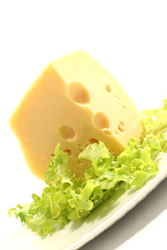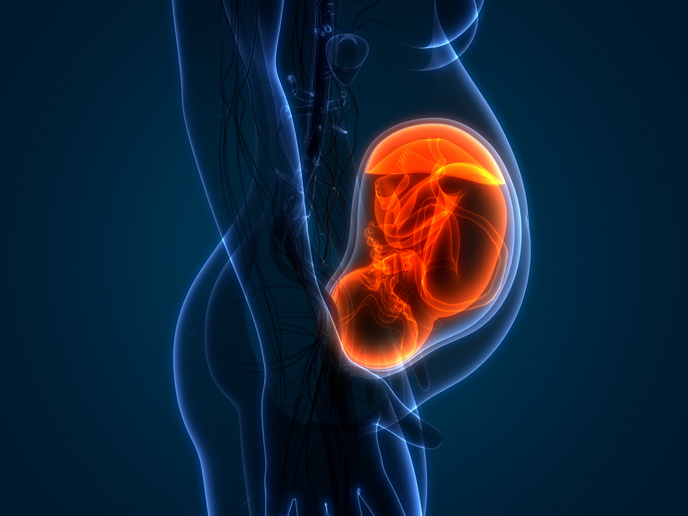Genetic control for the holes in your cheese
Milk is virtually a complete food for us and it doesn't end there. It is also a nourishing meal for bacteria that produce dairy products like cheese and yogurt. Texture of cheese is partly due to the production of carbon dioxide during fermentation which, on a big scale, makes the holes in cheeses such as Emmental. Linked to the same biochemical pathway is a molecule called diacetyl which gives the characteristic flavour in cheeses, buttermilk and Danish butter. The starter molecule for these important features is citrate. Present in milk, it is cometabolised with sugars like lactose to produce diacetyl and carbon dioxide by lactic acid bacteria like Weisella paramesenteroides. This little worker with the very elaborate name is common in a variety of foods. Under the umbrella of the DECARBOXYLATE project, the team at Consejo Superior de Invetigaciones Cientificas in Madrid researched these metabolic pathways to optimise the production of these end-products so important to the cheese manufacturer. Using a strain isolated from an Argentinian cheese, the scientists focused the attention on a particular operon cit responsible for the production of cit messenger RNA (mRNA). In turn, this mRNA codes for enzymes responsible for the conversion of citrate into pyruvate. Pyruvate can then be transformed into diacetyl and carbon dioxide. They found that the instigation of this chain was catalysed by the presence of citrate. Low citrate it seemed would inhibit the formation of these enzymes and so slow down the breakdown of citrate. Absence of citrate also causes production of citrate permease which leads to the uptake of citrate when available in the cell environment. It is a neat little mechanism because once citrate is available, the enzymes responsible for the cycle are produced. Moreover, it seems that this sort of mechanism is present in other lactic acid bacteria commonly used in the dairy industry. Nucleotide sequences then can determine the size and quantity of holes in your cheese. Knowledge of these complex biochemical pathways then can produce the information the cheese industry need to produce the variety the consumer demands.







